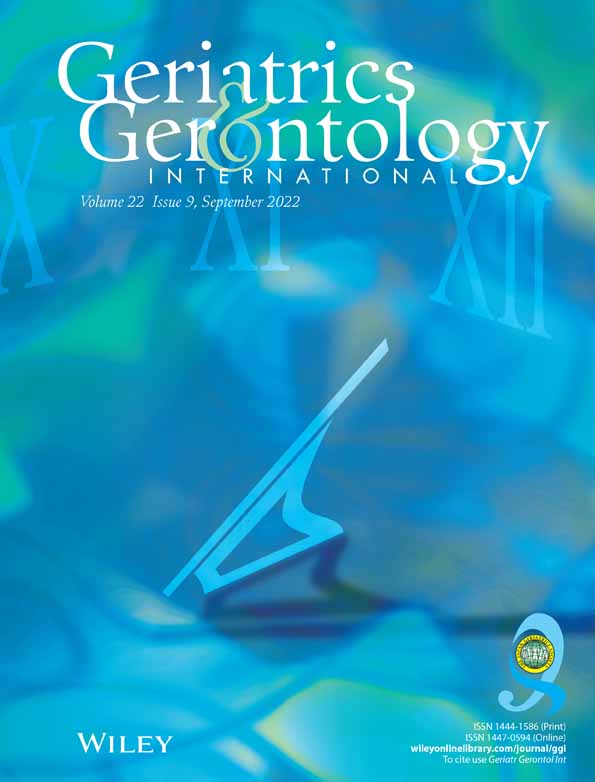Association of dietary diversity with all-cause mortality by body mass index in Japanese older adults: An age-specific prospective cohort study (NISSIN project)
Abstract
Aim
Dietary diversity might reduce the risk of malnutrition, although it is also linked to obesity. We examined whether dietary diversity is associated with all-cause mortality in Japanese older adults based on their body mass index (BMI).
Methods
The current study included 2944 people aged 64–65 years who participated in the New Integrated Suburban Seniority Investigation (NISSIN) project from 1996 to 2005. Dietary diversity was measured using the Food Variety Score (FVS), which calculates the frequency of all food items consumed daily using a self-administered food frequency questionnaire. Participants were divided into tertiles according to their FVS (first: low, second: middle, third: high). Multivariate adjusted hazard ratios with 95% confidence intervals were calculated using the Cox proportional hazard regression model. For the stratified analysis, BMI was used to divide the participants into three groups – lean (BMI <20), normal (BMI 20–24.9) and overweight/obese (BMI ≥25).
Results
Overall, 454 (30.7%) men and 222 (15.2%) women died over a median follow-up period of 16.6 years. No significant association was observed between FVS and all-cause mortality. However, when grouped by BMI, for the participants in the lean group, the multivariate adjusted hazard ratios were 0.56 (95% confidence interval 0.32–0.96) for the middle FVS and 0.50 (95% confidence interval 0.25–1.02) for the high FVS, compared with the low FVS (P for trend = 0.059). In overweight/obese women, although not significant, total mortality was higher in the middle and high FVS.
Conclusions
These findings show that dietary diversity should be promoted in lean older Japanese adults. Geriatr Gerontol Int 2022; 22: 736–744.
Open Research
Data availability statement
Data cannot be shared for privacy or ethical reasons.




